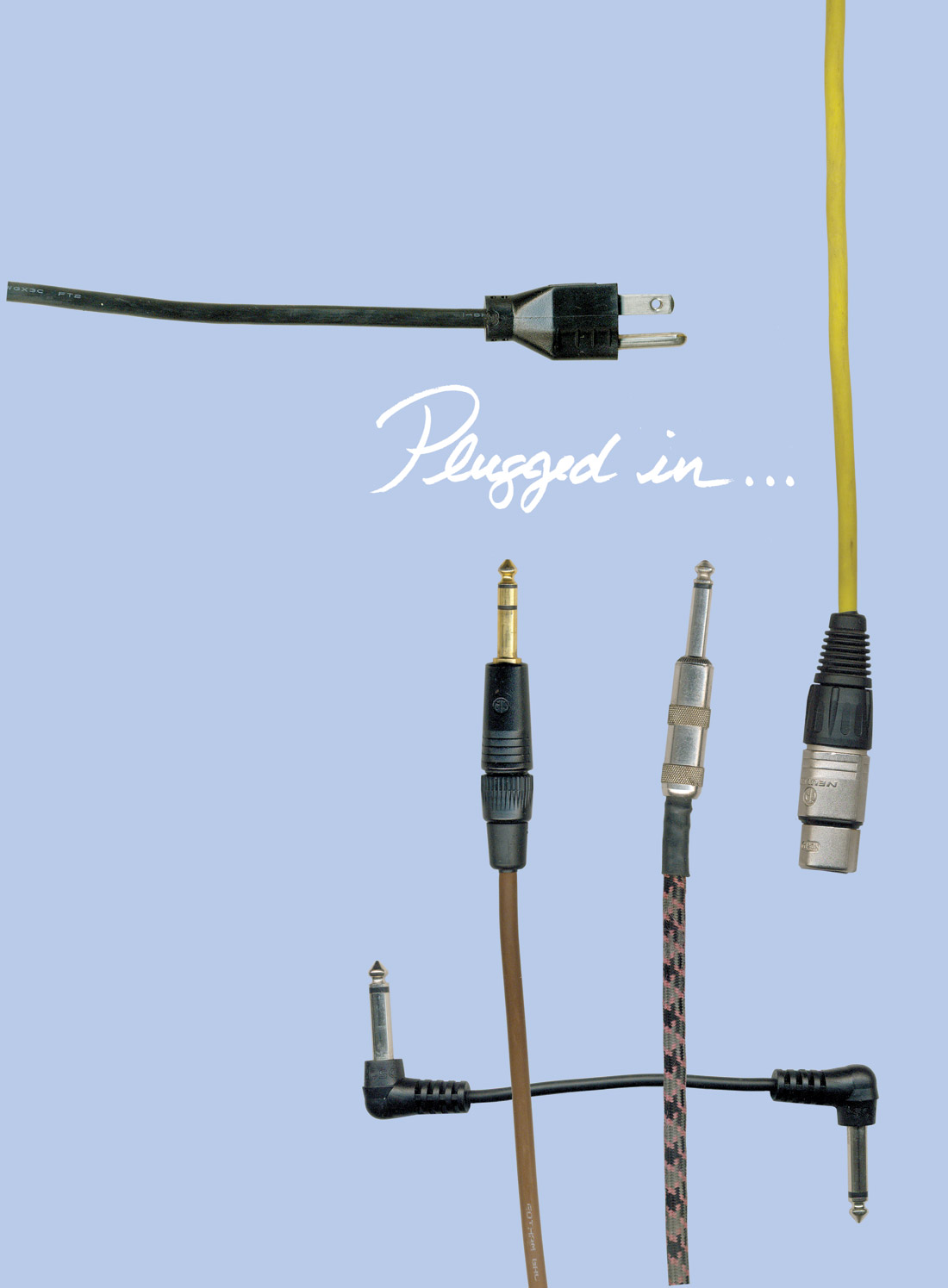Focusrite's compact, 16 in, 8 out, 24-bit, 96 kHz FireWire audio interface includes 4 analog inputs (2 mic/line/instrument, 2 line/instrument), 6 analog outputs, S/PDIF I/O, and ADAT in. Under the hood is a DSP-powered subsystem for low-latency routing, monitoring effects, and Virtual Reference Monitoring.
Before I took the Saffire PRO 24 DSP for a spin, I was not in the market for an audio interface, and I cynically believed that VRM was a gimmick. The gist of this feature is that it enables headphone monitoring through a simulated room with convolution-modeled speakers. My reservations still stand, but this feature is infinitely more useful than I thought it would be. What are my reservations? Firstly, for any such simulation to work accurately, the response of the playback system must be known to the simulator. I imagined there might be a mic in the box to measure headphone responses, or at least a list of popular headphones to choose from, but there is neither. Secondly, back in the old days, I was taught to never insert EQ or other processing in the listening chain to fix deficiencies in the room or the monitors, as the resulting tonal changes could further compound the problem. For example, if in order to clean up a mode in your room you used a deep enough EQ to notch a frequency, you might mask a problem at that frequency in your mix. Thirdly, another old school lesson - don't mix on headphones. The teaching is that headphones greatly distort spatial cues that listeners will be hearing over speakers. This rule is only half-half valid anymore because there are plenty of people who listen to earbuds more often than speakers.
With these reservations, why do I like Focusrite's VRM then? Like many other folks, knowing that my mixing environment is several steps below perfect, I check my mixes in other people's also-imperfect rooms, hoping to uncover all of the possible flaws in the mix; different flaws are accentuated in different rooms. I can't think of why a good matrix of room and speaker simulations like those in VRM wouldn't give a similar result. One thing is for sure, VRM definitely helps with spatial cues; if you are forced by living situation to mix only in headphones, that one feature is probably worth the price of the unit.
Listening through VRM is kind of eerie. It sounds like you're listening to a feed from binaural mics in a mixing room, which is exactly what is being simulated. You can change the listening position in a pretty realistic sounding way. There are three room types: pro studio, living room, and bedroom. Each room has a selection of speaker models that are appropriate to the venue. Living room has a flat-screen TV for instance. The pro studio speakers are all near-fields, which is appropriate to the task, but it would be nice to have a few larger speaker models, and maybe even a super large soffit-mounted, blow-your-face-out model.
I set up the interface with a Mac G5 and PreSonus Studio One (Tape Op #76) without any problems. I also tried it with an Intel MacBook Pro and Apple MainStage for a couple of jam sessions where it also performed flawlessly. I was able to set latency to 32 samples and play six-finger piano parts with sustain and did not hear any glitching. I experienced no installation weirdness. The audio quality was very high, especially for this price point, which might be helped by JetPLL, a well-regarded jitter reduction technology. The much-lauded Focusrite mic preamps are solid, quiet, and very usable.
The unit can be bus-powered. I did not get to try it that way, but if you do this with most laptops running on battery power, it'd better be a short recording session. There are two separate headphone outputs, each with its own mix and volume knob; this is a big differentiator for this unit, perhaps allowing you to forgo a separate headphone amp. The internal low-latency routing and mixing software, Saffire MixControl, looks good and is easy to use. My only complaint here is that some features are hidden enough to frustrate. At first, I could not find the VRM settings to the point that I went back to the website to make sure I had the right software.
The interface can supply "comfort" reverb to the monitoring outputs - that is, DSP-powered, cue-mix-only reverb that musicians, especially singers, always desire in their headphones. It also has real-time, DSP-powered EQ and compression for inputs 1 and 2. You can choose to print these effects or just monitor with them - which is pretty cool. It also comes with a suite of VST plug-ins -reverb, EQ, gate, and compressor, as well as the Novation Bass Station synth - which are not DSP powered and are therefore only available in your chosen DAW. Further bundled are the Lite version of Ableton Live ( Tape Op #72) and a 1 GB sample library from LoopMasters.
If you are looking for a small, portable, audio interface to carry around with your laptop, the Saffire PRO 24 DSP is definitely worth a look. Unfortunately, the corners of the chassis are sharp enough that I'm going to place mine in a separate sack before putting it in the laptop bag. Also, some of the screws on the bottom protrude enough to possibly rip a bag. Interestingly, I am buying this unit not because I need another audio interface, but because this one has VRM. If you don't need VRM or any of the other DSP capabilities, there's also a Saffire PRO 24 sans DSP. ($399 street, $299 w/o DSP)
Interfaces | No. 165
Scarlett 16i16 Interface
by Larry Crane
My home studio is very simple, and is mostly used for editing audio, prepping mixes before using my "real" studio, recording remote interviews, doing my voiceovers, and mixing in the box. An old pair...




_disp_horizontal_bw.jpg)